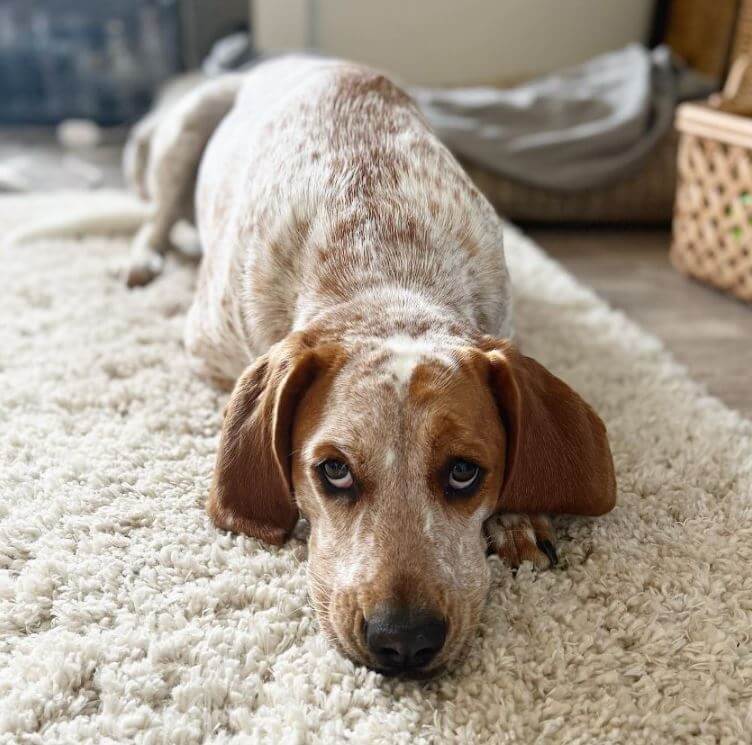Gallbladder mucocele is a rare but serious condition that can affect dogs. This condition involves the accumulation of thick, gel-like mucus within the gallbladder, which can lead to various health issues. In this article, we’ll delve into the causes, symptoms, diagnosis, and treatment of gallbladder mucocele in dogs to help pet owners understand and manage this potentially life-threatening condition.

What Is Gallbladder Mucocele?
A gallbladder mucocele occurs when the gallbladder’s mucous membrane produces an excessive amount of thick, gel-like mucus. This mucus accumulates within the gallbladder, causing distension, inflammation, and, in severe cases, obstruction of the bile ducts. Bile is essential for digestion, and any disruption in its flow can lead to significant health problems.
Causes of Gallbladder Mucocele in Dogs:
The exact cause of gallbladder mucocele in dogs is not well understood, but several factors may contribute to its development:
- Breed Predisposition: Certain dog breeds, including Shetland Sheepdogs, Miniature Schnauzers, and Cocker Spaniels, are more prone to gallbladder mucocele.
- Obesity: Overweight dogs are at a higher risk of developing this condition.
- Age: Gallbladder mucocele tends to affect older dogs, although it can occur at any age.

Symptoms of Gallbladder Mucocele:
The signs and symptoms of gallbladder mucocele can vary in severity and may include:
- Lethargy: A dog with this condition may become lethargic and unwilling to engage in normal activities.
- Loss of Appetite: Affected dogs often lose interest in food and may refuse to eat.
- Abdominal Pain: Dogs may show signs of discomfort, such as abdominal tenderness or reluctance to be touched in the belly area.
- Vomiting: Some dogs may vomit, which can be intermittent or chronic.
- Jaundice: Yellowing of the eyes, gums, or skin (jaundice) can occur due to bile duct obstruction.
- Frequent Urination: Increased urination and excessive thirst may be observed.
Diagnosis and Treatment:
If you suspect your dog has gallbladder mucocele based on the symptoms, consult a veterinarian immediately. Diagnosis typically involves a combination of the following:
- Blood Tests: Bloodwork can help identify liver enzyme abnormalities and signs of inflammation.
- Imaging: X-rays or ultrasound can reveal gallbladder enlargement and the presence of mucocele.
- Aspiration: A sample of bile may be obtained via fine-needle aspiration to confirm the diagnosis.
Treatment for gallbladder mucocele may include:
- Surgery: Most cases require surgical removal of the gallbladder (cholecystectomy) to prevent complications and improve the dog’s overall health.
- Medications: Antibiotics and medications to reduce inflammation and manage pain may be prescribed as supportive measures.

Gallbladder mucocele is a potentially serious condition in dogs that requires prompt diagnosis and treatment. Pet owners should be vigilant and seek veterinary care if their dogs exhibit any of the symptoms associated with this condition. With early intervention and appropriate medical care, many dogs can recover and go on to lead happy, healthy lives after gallbladder mucocele surgery.
